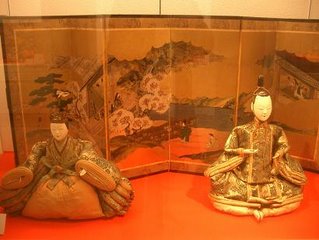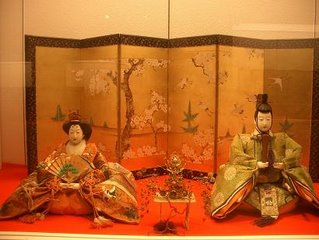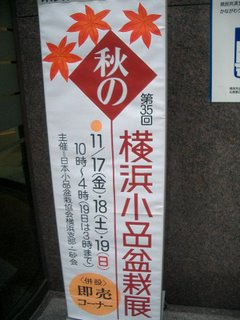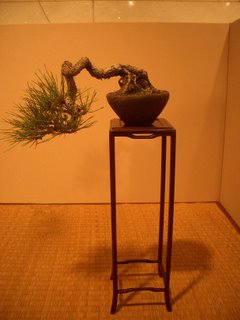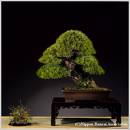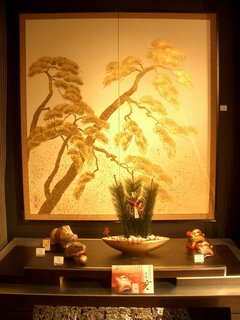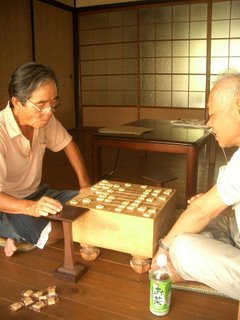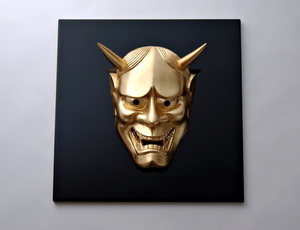
The cherry blossom is a much beloved flower in Japan, more commonly known as the "sakura". It symbolises the coming of spring and the Japanese usually welcome the change in season by admiring the flowers and having parties under its trees.

In Japan, the cherry tree is planted and cultivated for its beauty and appreciated for its fragilility. During its peak, the flowers cover almost the whole of the tree and is a sight to behold. However, it only lasts for a few weeks before dropping off and being replaced by green leaves and buds.

Every year, the Japanese Meteoroligical Agency and the public in general track the "sakura zensen" (cherry-blossom front) via nightly forecasts following the weather segment of news channels. It shows the blossoming of the sakura from the southernmost part in Okinawa as early as January, up to the northern Honshu areas and ending in Hokkaido a end of April/May.






























